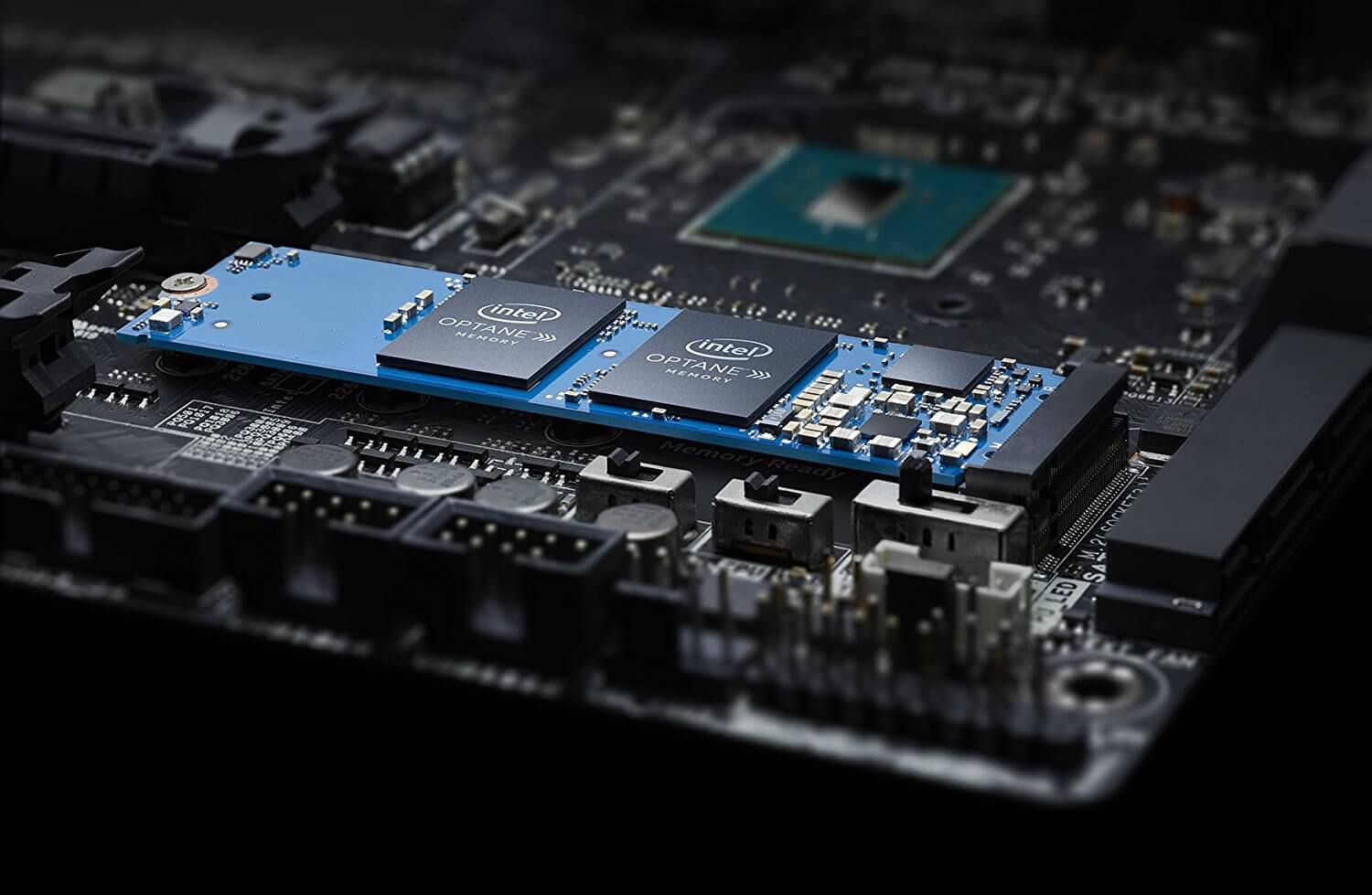Recap: 3D XPoint non-volatile memory spent many years under development by Intel and Micron. The two co-developers have decided to split up after launching the second generation of 3D XPoint and could spur further innovations resulting from independent research and development.
Intel and Micron partnered on the long endeavor to create 3D XPoint memory that now is used in Intel's Optane drives. The non-volatile memory offers very low latency with read and write speeds that are competitive with high end solid state drives.
Even though the technology was co-developed, the two partners are planning to go in different directions following the release of second generation 3D XPoint. Next generation 3D XPoint products will be available during the first half of 2019. Following its release, Micron and Intel will be independently pursuing further improvements to the technology.
Both businesses will continue to share the Intel-Micron Flash Technologies fabrication center in Lehi, Utah, but will effectively operate completely independently of one another.

Intel plans to continue development on 3D XPoint primarily for use in Optane drives. Department heads at Intel are looking to continue targeting server and client markets with Optane. Micron sells to more industrial customers and offers embedded solutions that Intel does not always choose to compete with.
The split between Micron and Intel could mean that 3D XPoint memory is applied to far more products than it currently is. How useful the technology remains will depend on how quickly other non-volatile storage solutions improve. It is likely that Optane or similar products will fit specific needs for quite some time due to its high write endurance capabilities and low latency.
